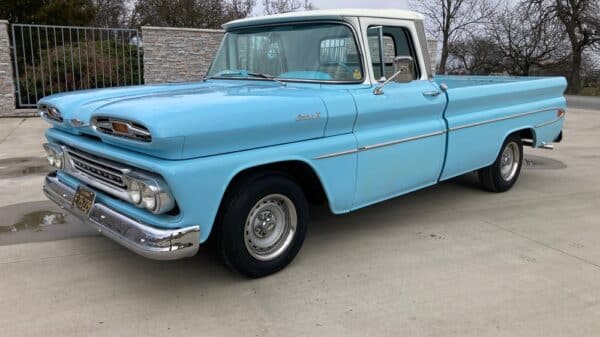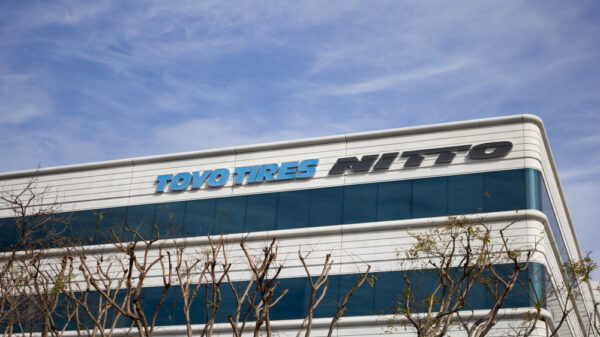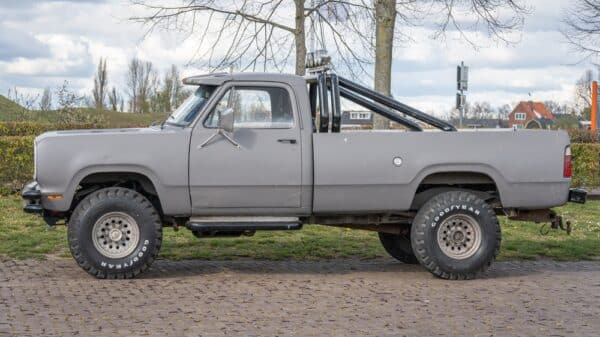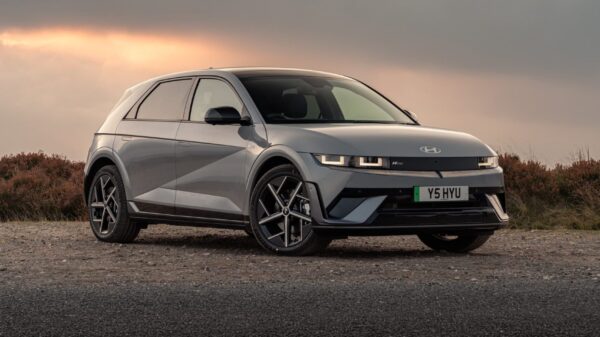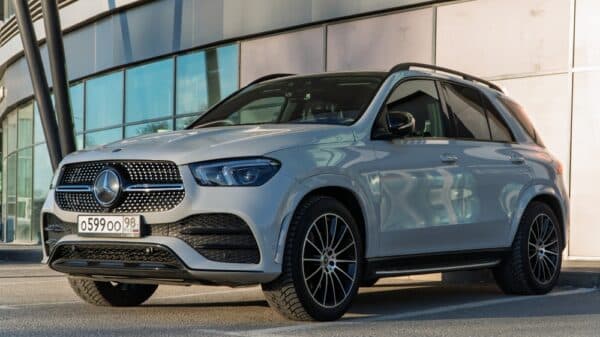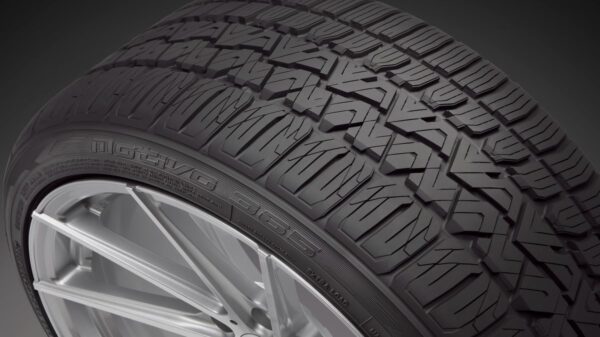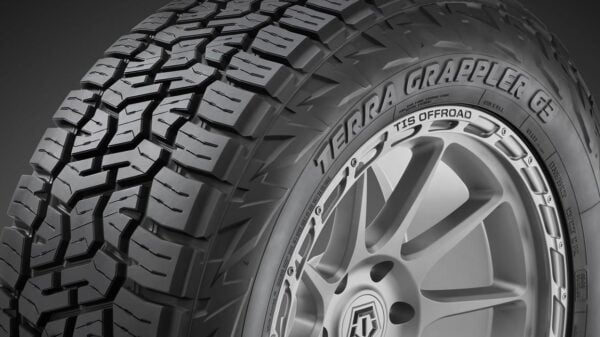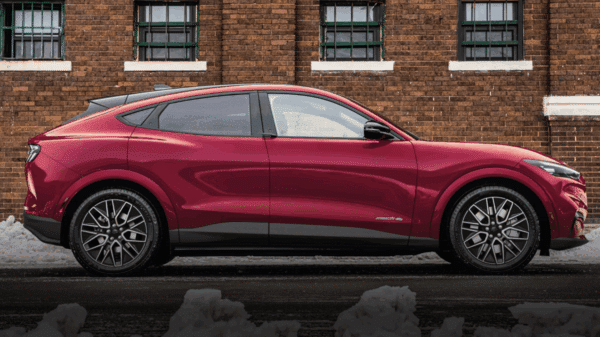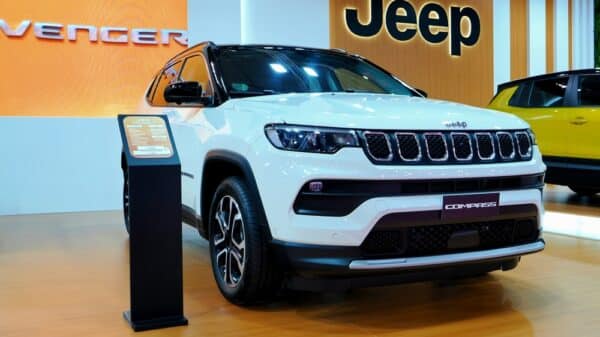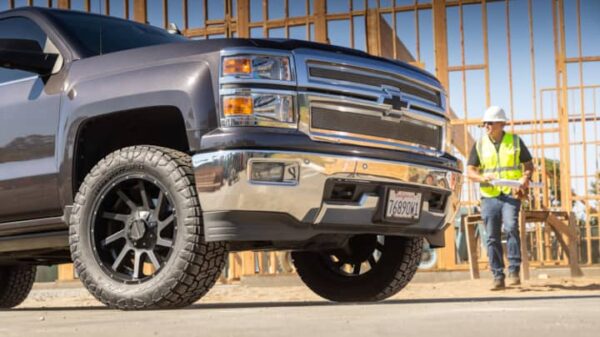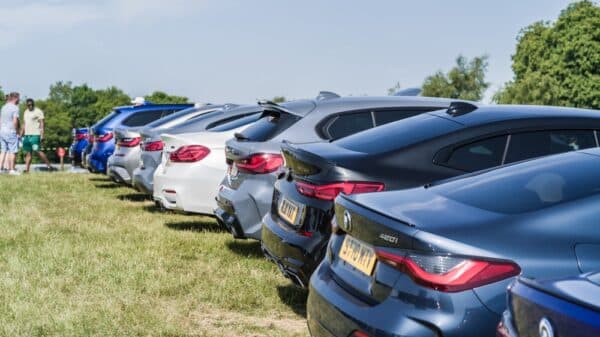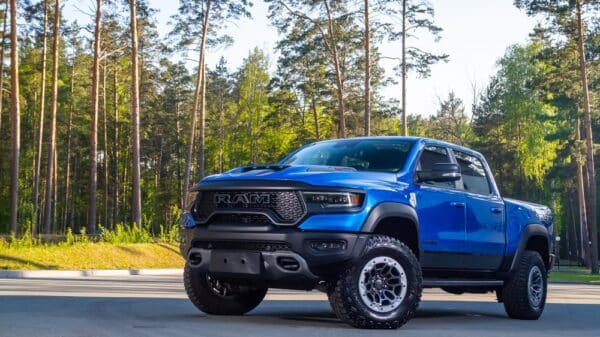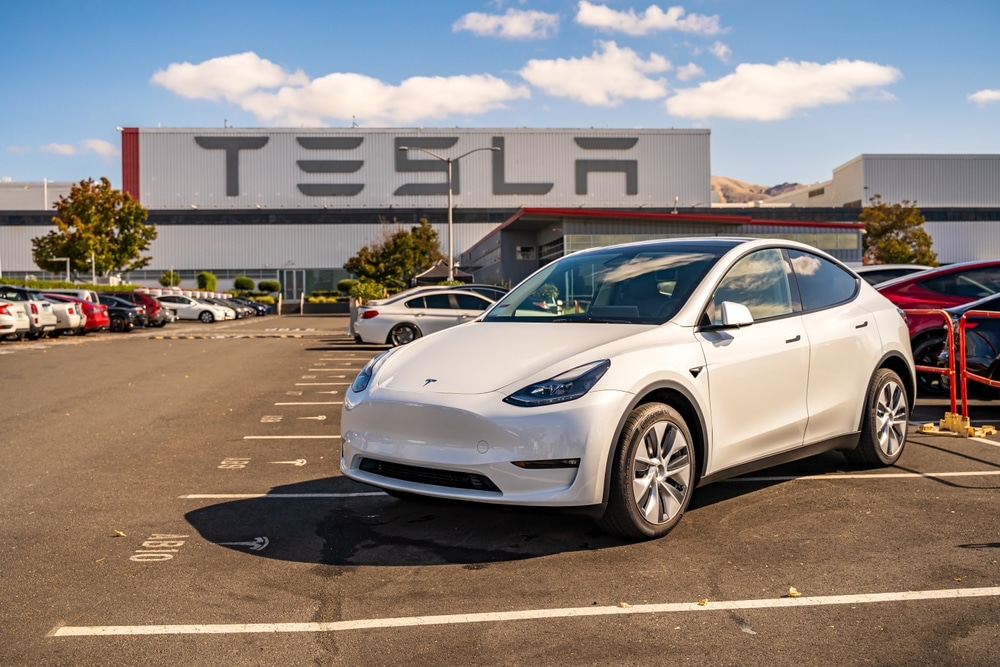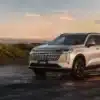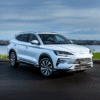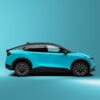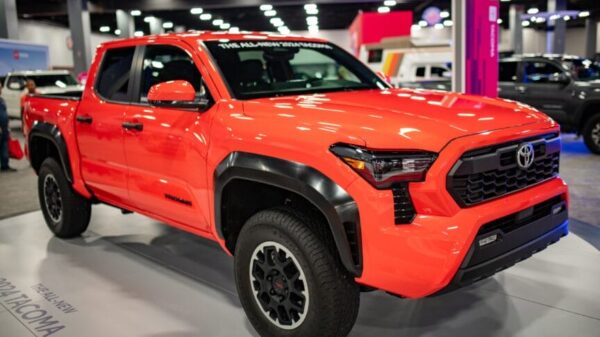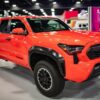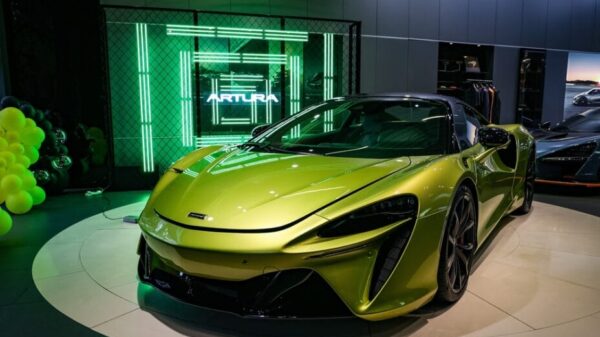Tesla seems to be on the verge of a major breakthrough with the anticipated launch of its robotaxi service this June. For those who have keenly followed the company, it’s no surprise that they’ve been conducting rigorous testing of a select fleet of driverless Model Ys. CEO Elon Musk recently announced that the testing has progressed smoothly, with no incidents reported, which is definitely a promising sign for the ambitious project.
If you’ve taken a drive through Austin, Texas, recently, you’ve likely spotted the sleek, driverless Waymos cruising about. These vehicles will soon have some formidable competition, as Tesla gears up to introduce its very own fleet of driverless Cybercabs. Reports indicate that the testing phase may already be in full swing, raising excitement and curiosity among residents and tech enthusiasts alike.
Musk has been transparent about the fact that they’ve been trialing the Model Y robotaxis without any safety drivers behind the wheel for “several days.” That’s a bold move, and it speaks volumes about the level of confidence Tesla has in its technology. Back in January, Musk had hinted at a June launch, and now, as we approach that timeframe, it’s clear the company is making significant strides to ensure its fleet is ready for the roads. The latest buzz suggests that we might see the launch on June 12th, marking a pivotal moment in the evolution of urban transportation.
Yet, as we cheer for this leap in innovation, it’s worth noting that “ahead of schedule” doesn’t erase the disappointment surrounding previous commitments—like the promise of a million robotaxis by the end of 2020—which remains unfulfilled. The slow rollout plan is also intriguing. Tesla aims to geofence these cars, meaning they will only operate in the “safest” areas of Austin. This is quite the shift from the typical Silicon Valley eagerness to innovate quickly without much caution. When nobody’s behind the wheel to take the blame, prioritizing safety makes absolute sense.
Initially, Tesla plans to launch a modest fleet of about 10 to 12 Model Ys, with hopes to expand that number to around 1,000 in the following months, reflecting Musk’s ambitious vision. To support this operation, the company is also on the lookout for human teleoperators who will monitor the fleet, ready to intervene if the need arises.
However, amidst the excitement, federal regulators appear to be in a bit of a fog. Earlier this month, the National Highway Traffic Safety Administration sent a detailed inquiry to Tesla, seeking clarity on the specifics of their operational plans. With such significant advancements at play, regulators are understandably concerned about safety and accountability.
Criticism is already bubbling to the surface, especially with Tesla’s history of lofty promises surrounding self-driving technology. The journey towards fully autonomous vehicles hasn’t been smooth—consider the lessons learned from Cruise, which invested heavily in autonomous driving technology before pulling the plug due to unforeseen challenges. For Tesla, this robotaxi initiative isn’t just another project; it’s a crucial part of their future. Failure isn’t really an option, but neither is rushing into the unknown without adequate precautions.
As the countdown begins, many are left waiting with bated breath to see how Tesla’s ambitions will unfold. Will the Cybercabs usher in a new era of transportation, or will they face the same hurdles that have challenged their predecessors? Let’s hope for the best as this narrative unfolds on the streets of Austin.
Image Source: Iv-olga / Shutterstock


